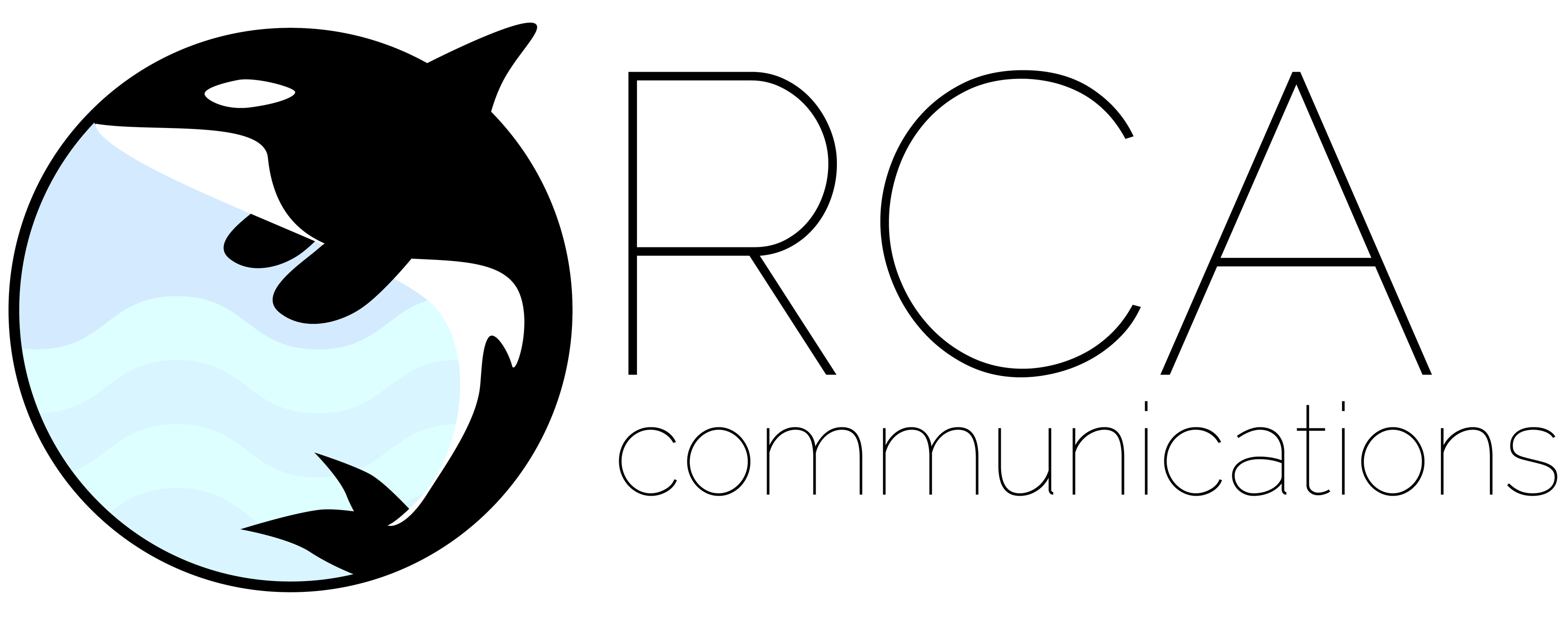Best PR Strategies: When Oprah Isn’t the end goal
We hear it all the time. “Can you get me on Oprah’s website?” “Can you get me on Good Morning America?” “This story should be on the front page of the New York Times.” Sometimes we land top-tier coverage. Sometimes we don’t. Often that’s ok. Sometimes the best PR strategies are to start broad and then narrow the focus depending on goals. That means that sometimes Oprah or the front page of the New York Times isn’t always the end goal.
There’s a story we often tell about a client that received top-tier media coverage but was disappointed. They were surprised that it didn’t lead to immediate sales. So, we went back to the drawing board and landed them coverage in a niche radio show. Turns out – almost everyone who listened to the radio show wanted the product! PR takes time and creative thinking to find the right fit for the right brands.
Types of Publications and Media Outlets
When it comes to public relations (PR), there are various types of publications brands can seek out to enhance their visibility and reputation. The choice of media outlets largely depends on the brand’s target audience, industry, and overall PR goals. Here are a few examples of potential types of media outlets:
- Industry-specific publications: Brands can target publications that are specific to their industry or niche. These publications often have a dedicated readership interested in a particular industry or domain. For instance, if a brand operates in the technology sector, it can seek out technology-focused publications such as Wired or TechCrunch to gain exposure among its target audience. If they have a gardening tool, they could look at gardening podcasts or bloggers. There are also industry publications that specialize in wholesale, e-commerce, and entrepreneurship that could be fitting for a variety of brands.
- Mainstream media outlets: Brands can also target mainstream media outlets such as newspapers, magazines, and news websites that have a broad readership. These outlets typically cover a wide range of topics and can provide significant visibility for a brand, especially if they have a large and engaged audience. Examples of mainstream media outlets include The New York Times, Forbes, and Huffington Post. Major lifestyle websites and magazines fall into this category, like Oprah Daily or Buzzfeed, as well.
- Local publications: Brands with a local focus can seek out local publications such as community newspapers, city magazines, or regional bloggers. These outlets often have a loyal readership within a specific geographic area and can be effective for local brand building and community engagement.
- Trade publications: Brands operating in a B2B (business-to-business) context can target trade publications that cater to their specific industry or niche. These publications are typically read by professionals within a particular industry and can be valuable for establishing thought leadership, sharing industry insights, and connecting with potential business partners. For example, a brand that sells software to schools could target trade publications for educators.
- Influencers and other online publications: Brands can also seek out influential blogs or content creators and influencers that align with their target audience and brand values. These websites and channels are often run by individuals or experts in a particular field and can provide a more personalized and niche-oriented approach to PR. While their content can have excellent ROI, it often comes with a cost. Most influencers expect to be paid for partnerships, which is why it is important to have an influencer marketing strategist handle the outreach to find the best partnerships for your brand.
In order for brands to find their best PR strategies, it’s important for brands to research and identify publications that align with their target audience, industry, and overall PR goals. Building relationships with relevant publications and getting featured in them can help brands amplify their message, increase brand awareness, and enhance their reputation. PR builds credibility and trust more than anything else.

